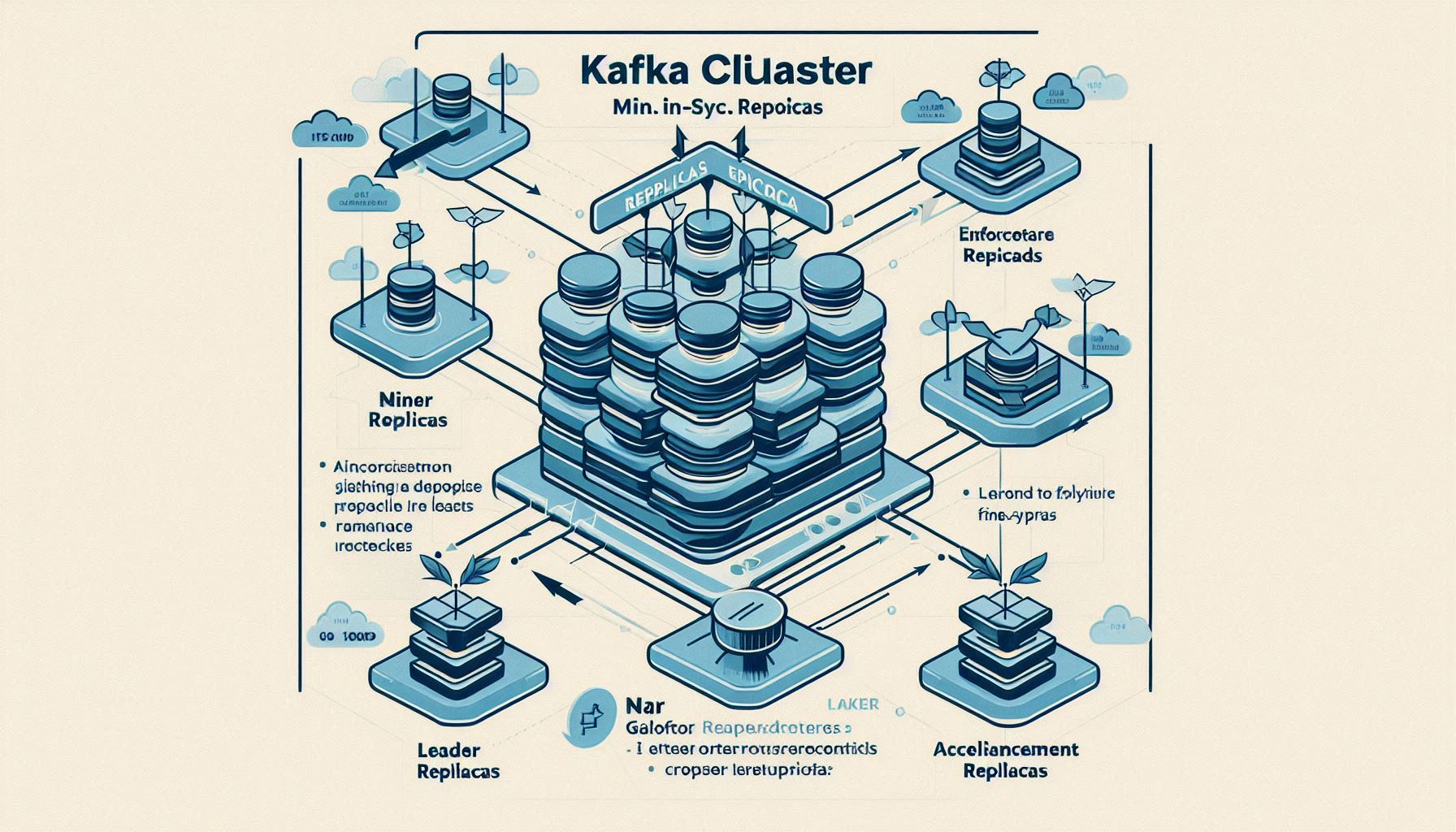Ever wondered what happens when a Kafka broker decides whether a message is “safe enough” to commit? That’s where min.insync.replicas comes into play.
Here’s the deal: Kafka writes messages to multiple replicas (copies of your data) for reliability. The min.insync.replicas setting determines the minimum number of these replicas that need to acknowledge a write before Kafka considers it a success.
So, what’s the default?
The default value for min.insync.replicas in Apache Kafka is 1. This means Kafka requires only one replica to acknowledge a write, which is great for availability but might not be the best for fault tolerance.
If you want stronger durability guarantees (like surviving broker failures), you’ll want to bump this number up. (Read how to change this value here.) But keep in mind, increasing it might impact performance during writes.
In a Nutshell:
By default, min.insync.replicas=1 keeps things simple and fast, but if data durability is your top priority, consider increasing it.
Impact of min.insync.replicas on Durability
The min.insync.replicas setting affects the trade-off between durability and availability:
- Durability:
With a highermin.insync.replicas, Kafka ensures stronger delivery guarantees. However, if the number of in-sync replicas drops below the configured value, producers withacks=allwill fail to write. - Availability:
Lowering the value increases availability at the cost of weaker durability. Writes are accepted even if fewer replicas acknowledge the message.
Reference Links
- Kafka GitHub Repository
- Apache Kafka Documentation: min.insync.replicas
- Apache Kafka: Replication
- Confluent Documentation: Durability in Kafka




